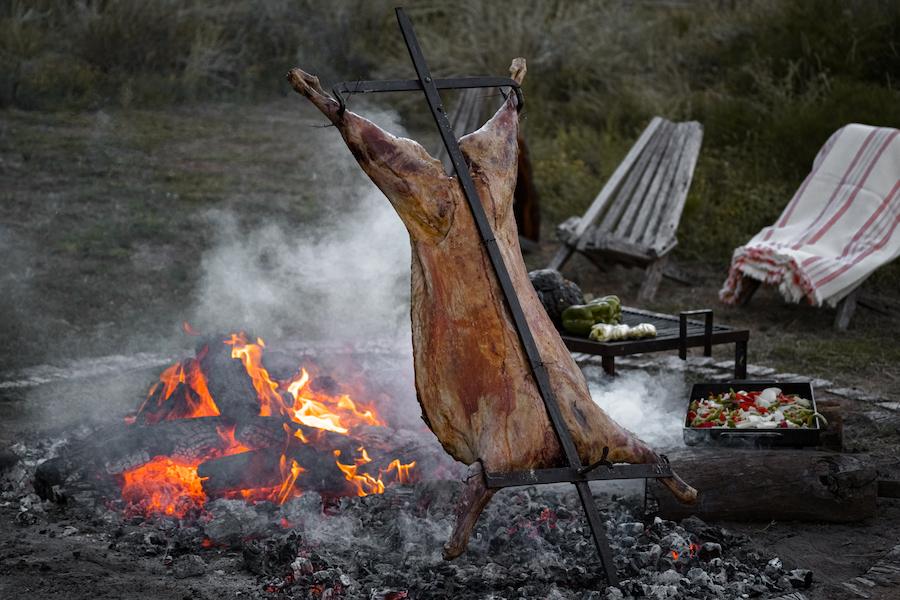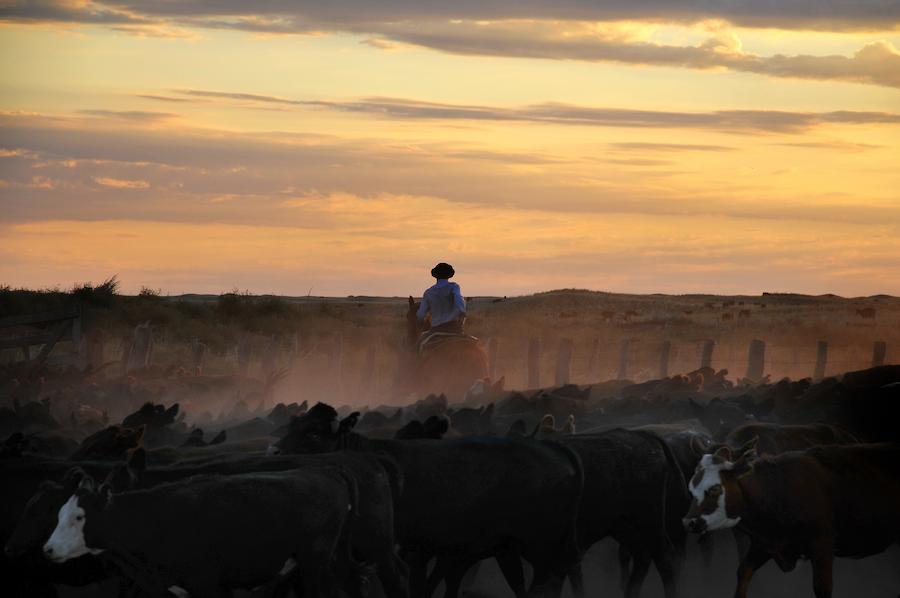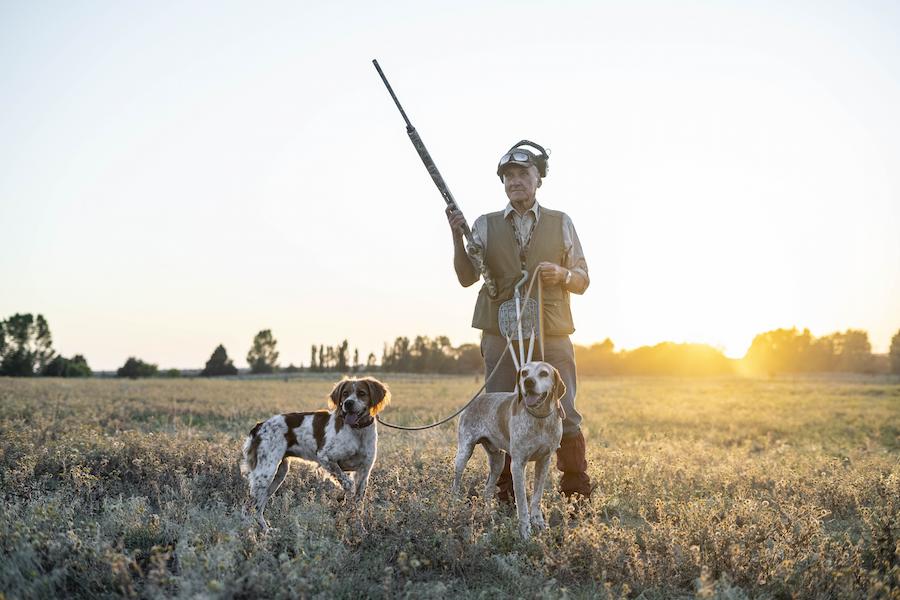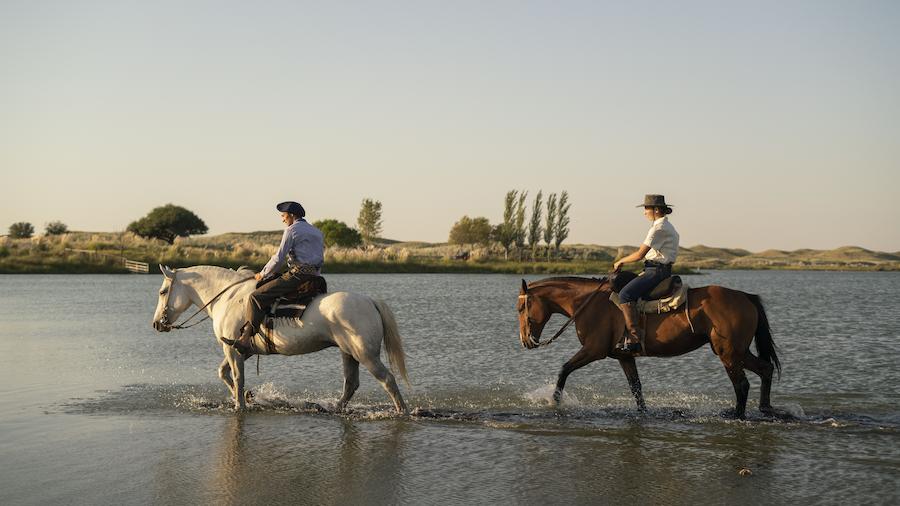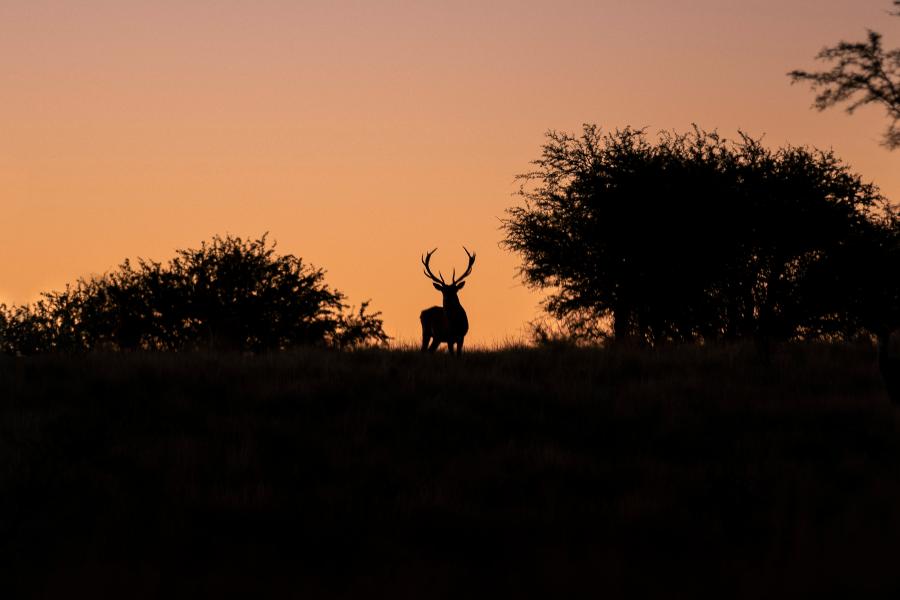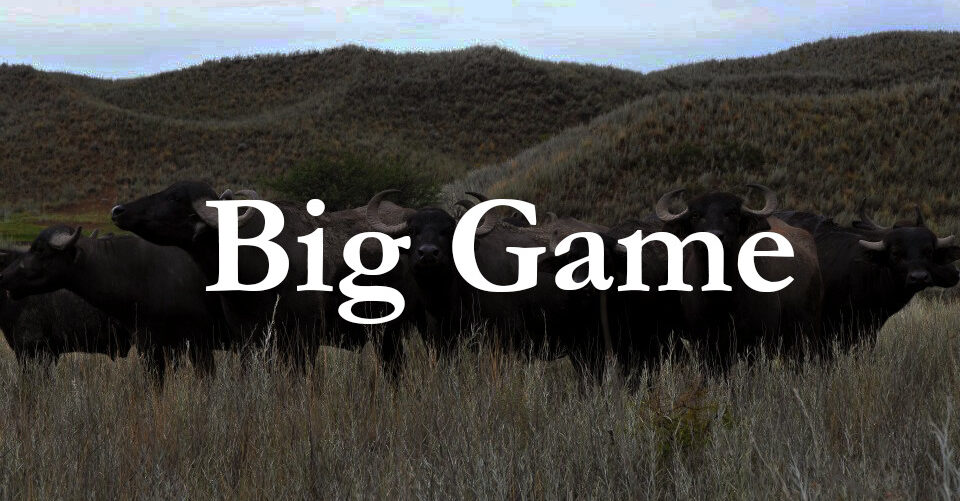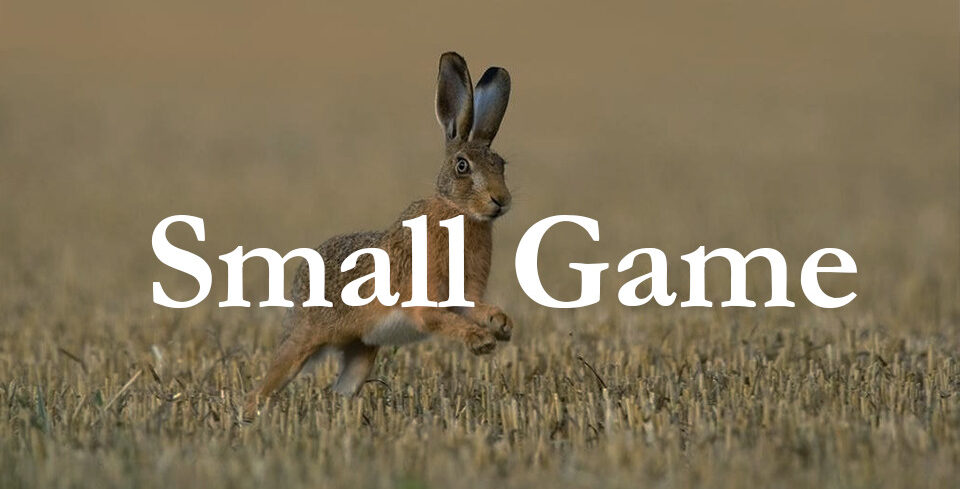Argentina is known for its vast and diverse wildlife, including the majestic red deer, also known as the red stag. But are these animals native to Argentina, or were they introduced by humans?
In this article, we will explore the history of red stag in Argentina, their impact on the ecosystem, and the current state of their population.
History of Red Stag in Argentina
Red stag, or Cervus elaphus, is a species of deer that is native to Europe and Asia. They were first introduced to Argentina in the early 20th century, specifically in the Patagonia region, by European settlers who were looking to establish hunting grounds.
The first red stag were brought to Argentina in 1905 by Carlos María Moyano, a scientist and explorer who was interested in introducing new species to the country. The animals were released in the Nahuel Huapi National Park, where they quickly adapted to the local environment and started to reproduce.
Over the next few decades, more red stag were introduced to different parts of Argentina, including the Andes Mountains and the Pampas region. The animals were prized for their meat and antlers, and hunting became a popular activity among locals and tourists alike.
Impact on the Ecosystem
Red stag are considered an invasive species in Argentina, as they were introduced to the country by humans and have no natural predators in the region. As a result, their population has grown rapidly, and they have started to compete with native species for food and habitat.
One of the main concerns is that red stag can damage the local vegetation by browsing on young trees and shrubs. This can have a significant impact on the ecosystem, as it can lead to soil erosion and a decrease in biodiversity.
In addition, red stag can also transmit diseases to native animals, such as bovine tuberculosis, which can have a devastating effect on local livestock.
Current State of Red Stag Population
Despite their invasive status, red stag continue to thrive in Argentina, and their population has grown to an estimated 1 million animals. The animals are still hunted for sport and meat, and their antlers are highly valued for their size and beauty.
However, there have been efforts to control the red stag population in recent years, as the animals have started to cause significant damage to the environment. The government has implemented hunting regulations and culling programs to reduce their numbers, and conservation groups are working to raise awareness about the impact of invasive species on the ecosystem.
Conclusion
In conclusion, red stag are not native to Argentina, but were introduced to the country by humans in the early 20th century. While they have become a popular game animal and a source of income for many locals, their invasive status has raised concerns about their impact on the environment.
As Argentina continues to develop its wildlife management policies, it is important to consider the long-term effects of introducing non-native species to the region. By balancing the needs of human populations with the preservation of the natural ecosystem, we can ensure that future generations can continue to enjoy the beauty and diversity of Argentina’s wildlife.

